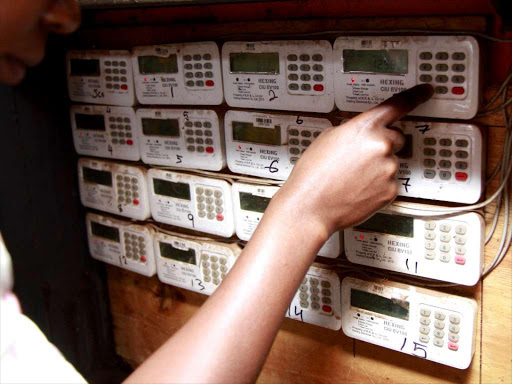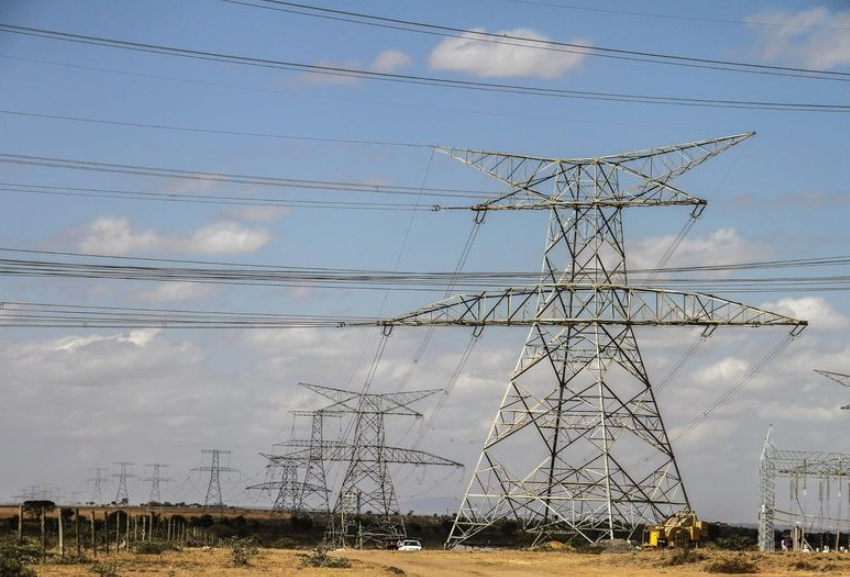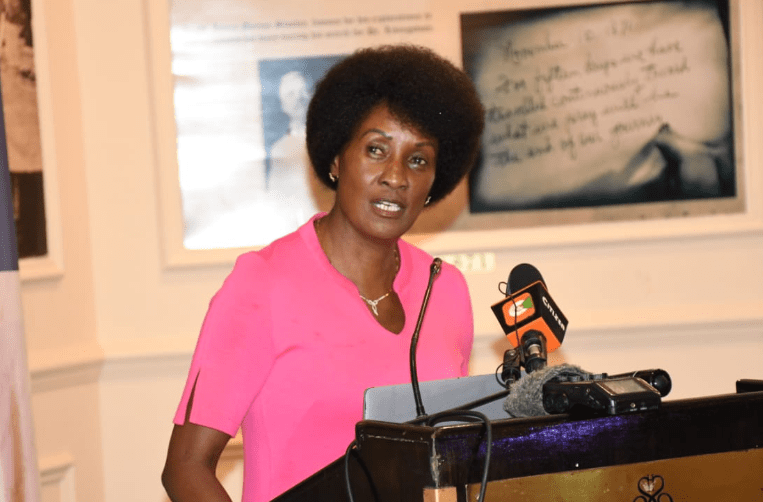Why huge power demand is an early warning signal

The country is consuming increased electricity like never experienced before.
Last week, Kenya Power reported the highest level of electricity demanded on the national grid.
This should send an early warning signal and keep policy makers on their toes as the usage is fast racing towards the effective capacity of 3,056 megawatts and the country’s total installed capacity of 3,243 megawatts.
Practically, utility firms give themselves cushion to supply electricity that can be reliably produced under normal operating conditions, while taking into account factors like maintenance needs, unplanned outages and potential limitations due to environmental conditions.
But what has resulted to this sharp surge in demand? Generally, peak power occurs when demand for electricity spikes due to increased usage at several levels such as domestic, industrial, transportation and security usage like street lighting.
However, major spikes in demand occur during heat waves and cold weather when electrical appliances are put into maximum use to cool or warm our surroundings.
Gradually, when the temperatures move back to more comfortable levels, the demand for electricity moves back to average levels.
Although there have been notable investments directed towards stabilisation of the national grid and the construction of key projects from which feeder lines have been built, the last six months have witnessed close to 200,000 new customers connected to the national grid. The target is to connect 10 million customers to the national power grid – a mark that is likely to be achieved much sooner at the current pace.
Nonetheless, why should a sharp increase in customer numbers and surge in electricity use be a concern? It may lead to a situation where demand exceeds the available capacity, in this case, a distribution grid will likely face a peak capacity deficit. Ideally, to ensure that electricity turns on when a switch is flipped, the grid has to both produce enough electrons to match the electricity consumption.
Strictly, utility companies must ensure that they are ready all-the-time to deal with the situation when demand on the grid hits its highest peak. So, when utilities cost the pricing of electricity the peak demand is a very critical consideration.
As Kenya strides nearer the end of its Vision 2030 economic blue print, there is urgent need to exponentially increase electricity generation capacity as consumption threatens to outstrip supply.
In addition to multiplying electricity consumption and distribution to manufacturers, the jua-kali sector, offices, public schools, hotels, hospitals, salons, electric cars and domestic users; generation must be given first priority if the plans to one day ride electric trains will be a reality.
Furthermore, Kenya Power also offers optic fiber connectivity to telecommunication companies through its optical fiber cable network that runs along its high voltage power lines across the country mainly to manage the national power grid.
How do we deal with the increased demand? A large portion of Kenya’s electricity is generated from renewable or clean energy sources. Of these, geothermal remains the most significant source with an estimated potential of 10,000 megawatts but it remains relatively largely unexploited.
Reducing the impact of peak demand can be accomplished by increasing the supply of electricity or decreasing the demand for it. In economic terms, peak demand has a significant impact on energy prices because distribution channels must be capable of delivering electricity at maximum demand levels at all times. The impact of high demand is that first, it puts a lot of pressure on Kenya Power which could be forced to ration electricity to sufficiently stabilise the national grid.
Second, it leads to congestion which occurs when the demand for electricity surpasses the available transmission infrastructure’s capacity to deliver it efficiently. It is comparable to rush hour traffic on a highway, where the high volume of vehicles exceeds the road’s capacity.
It is no secret that peak electricity demand has steadily risen over the past three years – averaging about 100 mega watts per year. Therefore, reducing the impact of peak demand can be accomplished by increasing the supply of electricity or decreasing the demand for it.
Always, electricity supply has to match demand. But since demand changes with how consumers use electricity, the tactic employed is to generate more electrical energy when demand is high and vice versa when the demand is low.
For Kenya to increase electricity production to the levels of South Africa, Egypt or Algeria so as to guarantee more power reliability, investment in increased power generation should be a major priority.
Currently, about 30 per cent our electricity is supplied by the private sector – the Independent Power Producers (IPPs) while the rest is largely supplied by the State-owned Kenya Electricity Generating Company (KenGen).
As it is, electricity is an economic equaliser and enabler. Once connection is granted, communities set up businesses and initiatives which unlock multiple development opportunities under the Bottom-Up Economic Transformation Agenda.
Writer is a Strategic Communication Adviser and former People Daily Business Editor.














